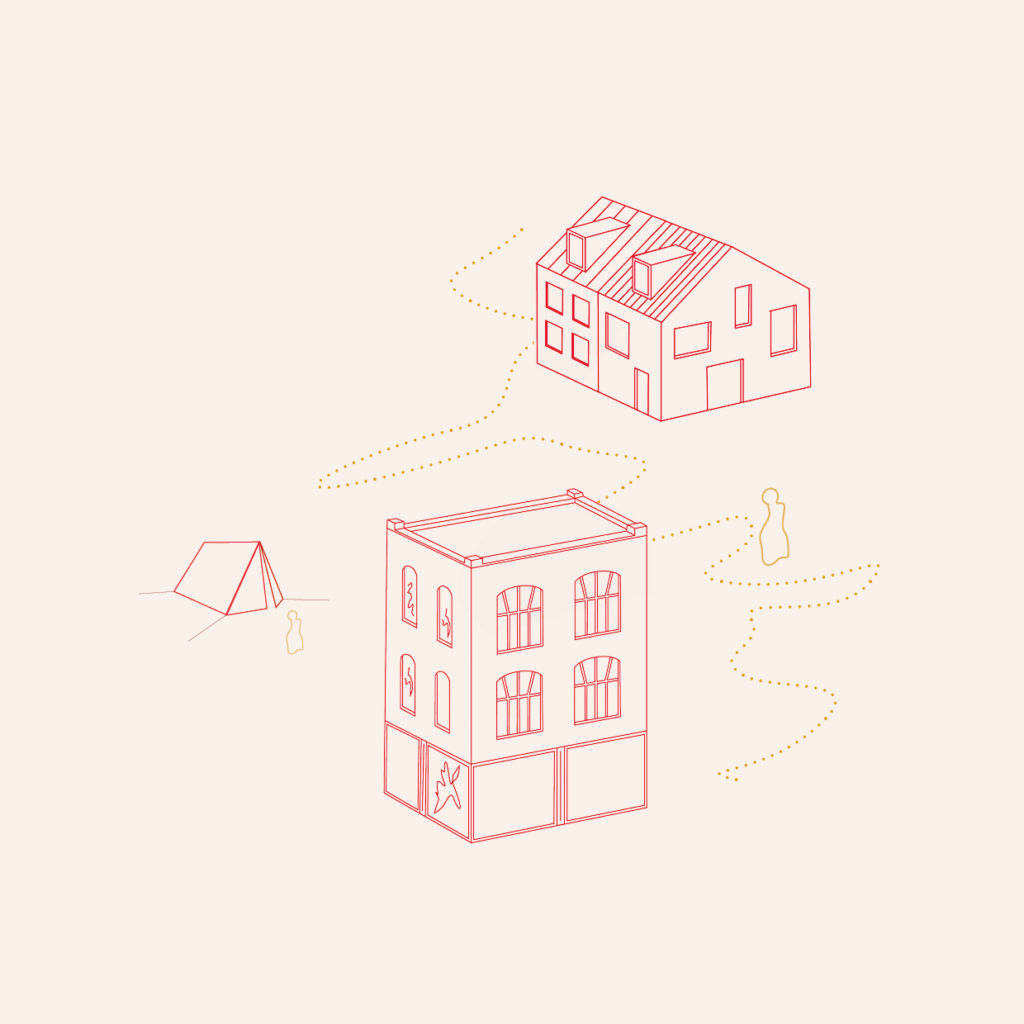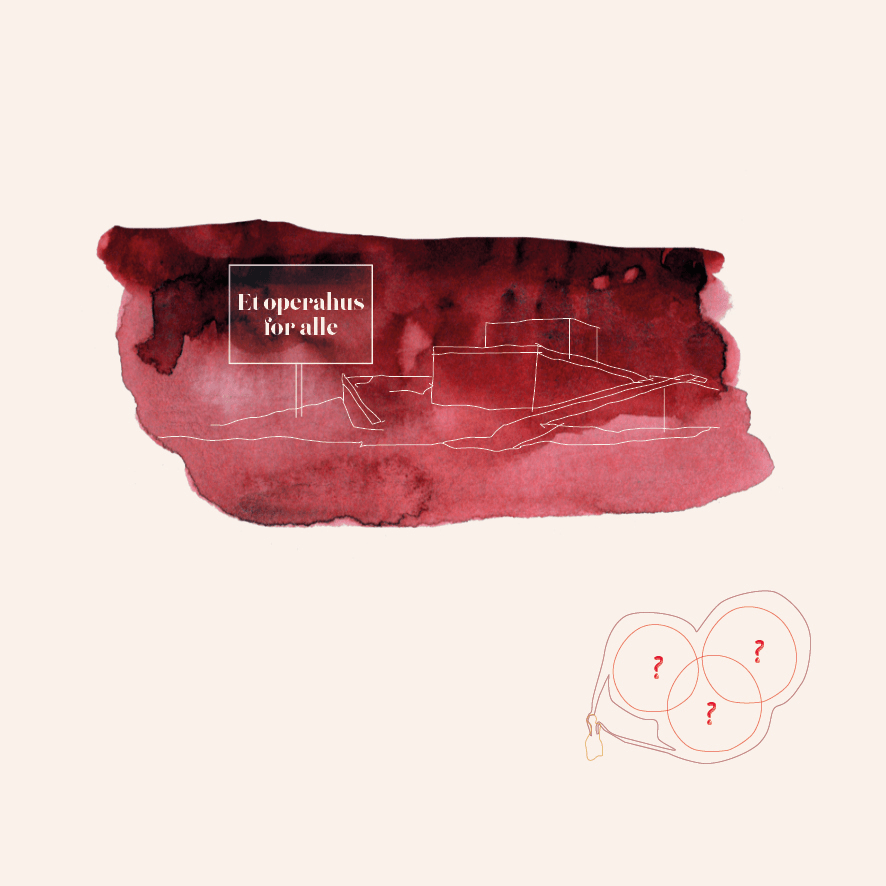
FOLKSY SPACE
The right to belong in the cityscape?
Places tell us stories, we read them as spatial text
Dovey, K.
Through the built, we read stories about the spaces we move in, but also about who are to move within these spaces. We say that the city is open to all, but when we move in the cityscape we are constantly affected by social codes and elitist structures. Architecture in this becomes a mediator of both power and social constructions in urban space. Today we experience urban struggles and inequalities on many levels. Discrimination often built on inherited attributes like class, race, and gender, causes tendencies of segregation that further divide our cities. As professionals we here have a responsibility to understand and problematize how architecture can stabilize and legitimize power structures for a long time. This will both affect the equality to access these spaces and effect as well as movements and visibility of marginalized groups in the city.
A society where we will not encounter people of various backgrounds will continue to be a divided society. Ignored for its societal impact, architecture risks contributing to elitist power mediations of space and shape more unequal societies. But if acknowledged and treated transparently, it can instead take place in the debate of a more just society. Thus, there is a need to acknowledge and be transparent about who we work with matters of inclusion in practice.
A vision of the world, is a division of the world
Bourdieu, P.

Architectural projects are often framed with an aim to create inclusive spaces, but creating such spaces is complex since visions always also tend to work excluding. If we view architects as agents for the articulation of dreams when we imagine “better” futures, we also need to raise our awareness for who we include in these visions, and in the continuation, whose dreams we are imagining. This makes the role of the architect dualistic in its nature since the profession holds the capacity both include and exclude citizens from these visions of our future cities. To motivate a social agenda in the creation of more just and inclusive spaces, descriptions of new architecture projects often mention an aim to create a ‘folksy’ space, why it through the thesis will be positioned as a term aiming for inclusion.
The purpose of the thesis is to analyze how matters of inclusion are handled within a contemporary architectural project and to develop a theoretical tool that can be used to discuss and raise awareness of matters of inclusion and exclusion in architectural projects. The research focus on investigating if there is a risk that inclusion as an architectural strategy will also become excluding in its target group and through this discuss how we as professionals can better understand the duality of the architectural role within these mechanisms. By critically discussing this, the thesis seek to find and frame a more transparent way to talk about issues of belonging and who we invite in our architectural visions about what the city should contain.

The project chosen to study closer is the Oslo opera house, where a vision of inclusive planning have been distinct. Here it seems that the term folksiness has been an active tool both in the process and in the following marketing of the space, where the aim to create a ‘folksy’ public space is mentioned frequently. But, the critical question raised in the research is if the creation of folksiness is truly an ability for the architects and if this is to be seen as a suitable strategy to reach inclusive planning. Since there is power in the decision-making of what type of spaces we want to create, the planning of folksy spaces will also affect who becomes included in this ”folksy crowd”. Therefore the study questions both what we as planners are hoping to achieve through these ambitions, and analyze how well these are reached by looking closer into who becomes included in this vision of creating a public space for all, and who are left excluded.
The opposite of love is not hatred,
Wiesel, E.
the opposite of love is ignorance“
contact: sara.tuneld@gmail.com